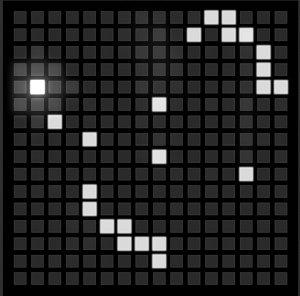La qualità di un MP3 dipende in gran parte dal codificatore. Le specifiche, infatti, dicono cosa fare, ma non come farlo (a differenza della decodifica, che invece è un processo puramente meccanico). Proprio per questo, un codificatore di bassa qualità è riconoscibile ascoltando persino un brano a 320 kbit/s. Ne consegue che non ha senso parlare di qualità di ascolto di un brano di 128 kbit/s o 192 kbit/s senza un riferimento al codec utilizzato. Una buona codifica MP3 a 128 kbit/s prodotta da un buon codificatore produce un suono migliore di un file MP3 a 192 kbit/s codificato con uno scarso codificatore.
I test, come quello del post precedente, sono eseguiti con L.A.M.E. (Lame Ain’t MP3 Encoder) che è riconosciuto come uno dei migliori (forse il migliore per compressione da 128 in su).
Proprio LAME ci dà le frequenze di taglio ai vari livelli di compressione. Nel processo di codifica, viene attivata una serie di filtri per la suddivisione del segnale in bande che si ferma a una altezza diversa per ciascun bitrate. La porzione di segnale che eccede l’ultima banda viene eliminata con un filtro passabasso che inizia la sua attenuazione a una certa frequenza (inizio in tabella) e taglia completamente oltre un certo livello (fine in tabella).
È possibile anche disattivare il suddetto filtro (c’è una opzione in LAME), tuttavia facendolo si rischiano artefatti identificabili, di solito, come un certo tipo di effetto che assomiglia un po’ ad un flanger (si sente spesso nell’audio dei film rippati e troppo compressi).
Ecco la tabella:
| kbps |
area di taglio: inizio, fine |
| 128 |
16538 Hz – 17071 Hz |
| 160 |
17249 Hz – 17782 Hz |
| 192 |
18671 Hz – 19205 Hz |
| 224 |
19383 Hz – 19916 Hz |
| 256 |
19383 Hz – 19916 Hz |
| 320 |
20094 Hz – 20627 Hz |
La tabella si legge così: per es. nel caso di 128 kbps, l’attenuazione delle frequenze inizia a 16538 Hz e aumenta fino a 17071 Hz, oltre i quali tutto viene eliminato. Quindi, in astratto, anche l’MP3 a 320 è sensibilmente inferiore alla qualità CD. Naturalmente qualcuno potrebbe dire che le frequenze oltre i 20 KHz difficilmente si sentono per una combinazione di qualità dell’impianto audio e orecchie dell’ascoltatore.
In realtà, come ha fatto osservare Angelo nel commento al post precedente, è un problema di educazione all’ascolto:
A test given to new students by Stanford University Music Professor Jonathan Berger showed that student preference for MP3 quality music has risen each year. Berger said the students seem to prefer the ‘sizzle’ sounds that MP3s bring to music.[27]
Others have reached the same conclusion, and some record producers have begun to mix music specifically to be heard on iPods and mobile phones.[28]
However, the study was criticized for being a short-term A/B test, which does not reflect the listeners preferences when they listen to music for prolonged periods.[29]
[wikipedia]
[27][28][29] sono riferimenti bibliografici citati in wikipedia. Cliccate i numeri per andare agli articoli. Il primo è l’articolo di Berger, gli altri sono commenti. Credo che dovremmo iniziare una seria riflessione sui cambiamenti delle modalità di ascolto sia della musica che dei suoni naturali.

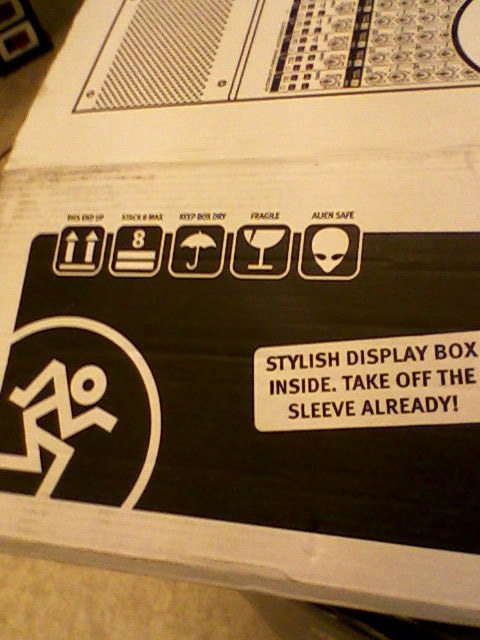
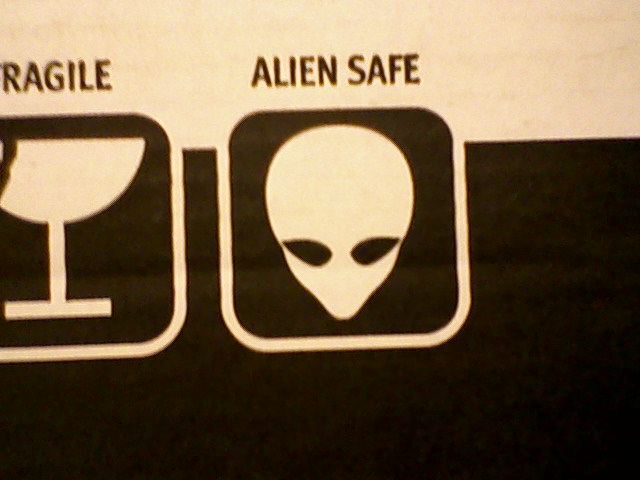
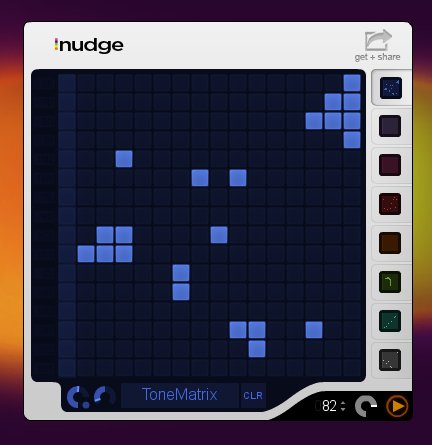
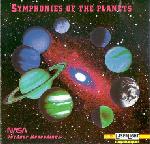 In the August and September 1977, two Voyager spacecraft were launched to fly by and explore the great gaseous planets of Jupiter and Saturn.
In the August and September 1977, two Voyager spacecraft were launched to fly by and explore the great gaseous planets of Jupiter and Saturn.